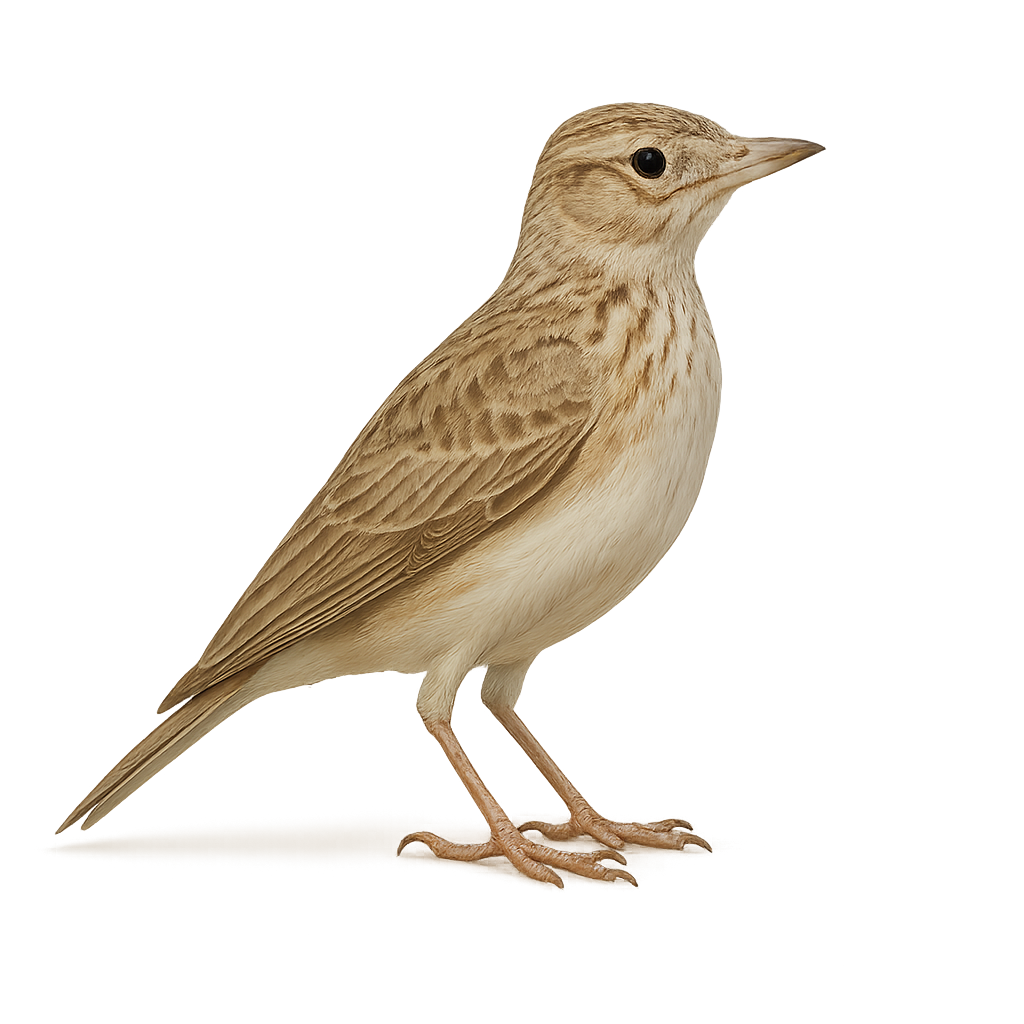Your wildlife photography guide.
Explore the lesser short-toed lark in detail, study its behavior, prepare your shots.
Where to observe and photograph the lesser short-toed lark in the wild
Learn where and when to spot the lesser short-toed lark in the wild, how to identify the species based on distinctive features, and what natural environments it inhabits. The WildlifePhotographer app offers tailored photography tips that reflect the lesser short-toed lark’s behavior, helping you capture better wildlife images. Explore the full species profile for key information including description, habitat, active periods, and approach techniques.
Lesser short-toed lark
Scientific name: Calandrella brachydactyla

IUCN Status: Least Concern
Family: PASSERIDAE
Group: Birds
Sensitivity to human approach: Tolerant
Minimum approach distance: 10 m
Courtship display: April to June
Incubation: 12-14 jours
Hatchings: May to July
Habitat:
Dry grasslands, steppes and cereal fields
Activity period :
Primarily active during the day, with peak activity in the morning and late afternoon.
Identification and description:
The lesser short-toed lark is a small passerine, 12–14 cm long, with streaked brown-grey plumage, a darker crown, and pale throat. It inhabits dry grasslands, steppes, and cereal fields across Europe, Asia, and North Africa, feeding mainly on insects and seeds on the ground. During breeding (April to July), the male performs song flights and ground displays to attract the female.
Recommended lens:
300 mm – adjust based on distance, desired framing (portrait or habitat), and approach conditions.
Photography tips:
Photograph the lesser short-toed lark at dawn or dusk using a telephoto lens of ≥300 mm. Position yourself low near the ground in grasslands and use a fast shutter speed to freeze flight and shallow depth of field to isolate the streaked plumage.
The WildlifePhotographer App is coming soon!
Be the first to explore the best nature spots, track rutting seasons, log your observations, and observe more wildlife.
Already 1 430 wildlife lovers subscribed worldwide

